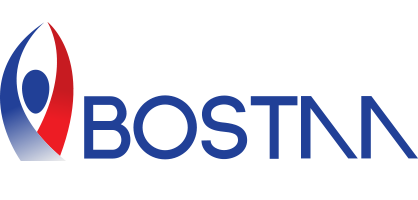A handful of orthopaedic surgeons with experience of the new techniques felt that professional athletes deserved to be treated at least as well as the rest of the population.
The techniques of arthroscopic surgery and ACL reconstruction became popular during the 1980s, a period when many team doctors were senior consultants in general surgery or other non-orthopaedic specialties. Elite athletes were still being treated by the old techniques, including open meniscectomy for chronic ACL rupture, while at the other extreme able and experienced therapists with doubtful qualifications were managing surgically correctible lesions conservatively.
A handful of orthopaedic surgeons with experience of the new techniques felt that professional athletes deserved to be treated at least as well as the rest of the population. There was no wish to venture into sports medicine and the arcane details of drug testing or amenorrhoea in female athletes, or into non-orthopaedic areas such as the cumulative effects of minor head injuries in boxers and equestrians. The focus was on the proper management of orthopaedic injuries in athletes within the United Kingdom.
The name, the British Orthopaedic Sports Trauma Association, was carefully chosen to avoid encroaching on the interests of other groups.
Tentative approaches to establish special interest groups within BASK or BESS were rejected, probably correctly because their interest was much more general, while other sports medicine bodies did not see the need for a new group for orthopaedic surgeons. This view was shared by senior traumatologists within the BOA who felt they could treat fractures equally well regardless of the mode of injury, a stance that completely missed the point. The least favoured option, the creation of a new society was the only choice remaining.
The name, the British Orthopaedic Sports Trauma Association, was carefully chosen to avoid encroaching on the interests of other groups. We only learned later that "bosta" is the Portuguese for turd.
Once established, BOSTAA was accepted as a specialist society by the BOA. The original aim was quickly achieved and the care of orthopaedic injuries in elite athletes by appropriately trained orthopaedic surgeons is now the norm. In retrospect, this would probably have happened anyway but BOSTAA was certainly a catalyst and raised the profile of sports injuries within British orthopaedics.
In September 2010 BOSTA changed its name to BOSTAA (British Orthopaedic Sports Trauma and Arthroscopy Association) to reflect the growing influence of arthroscopy in sports injuries.

